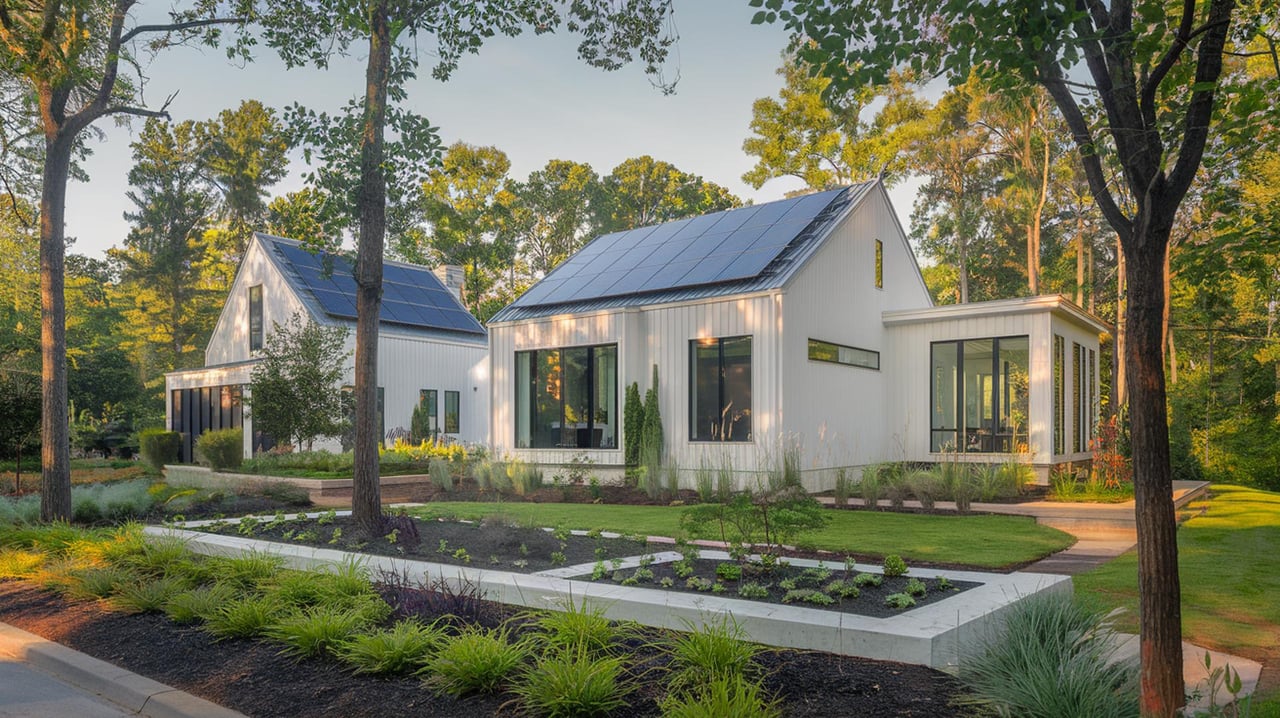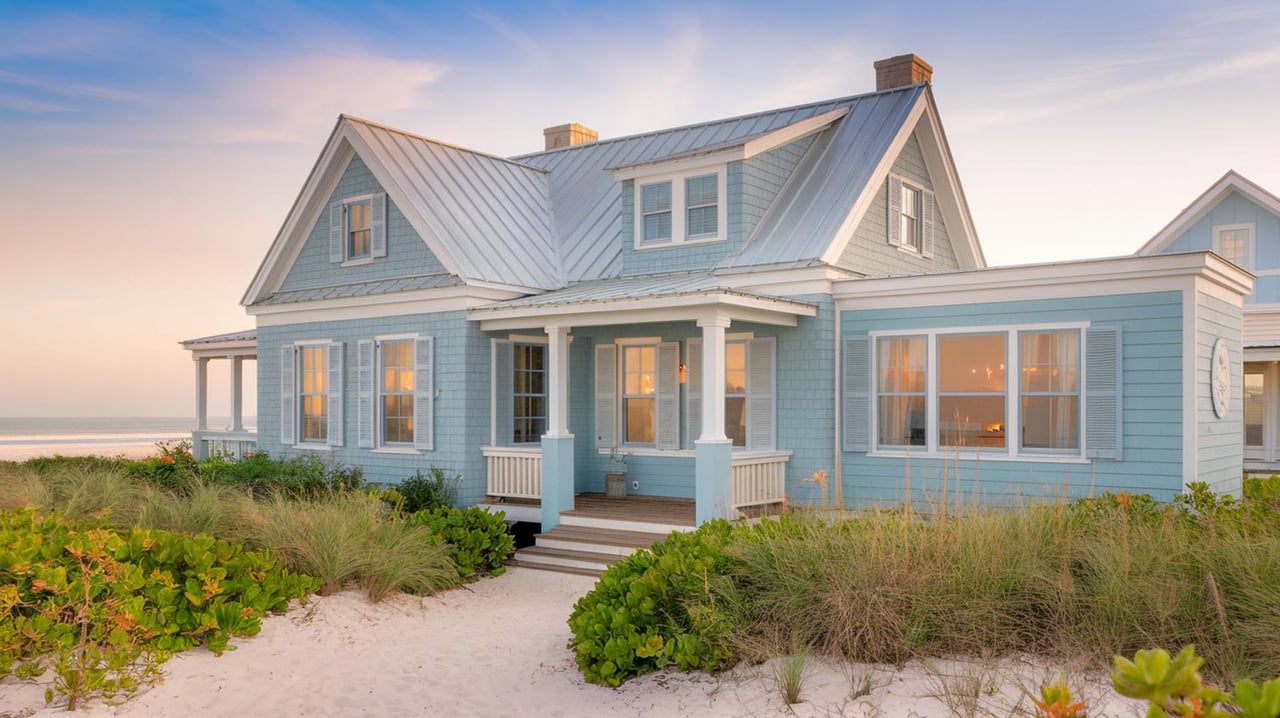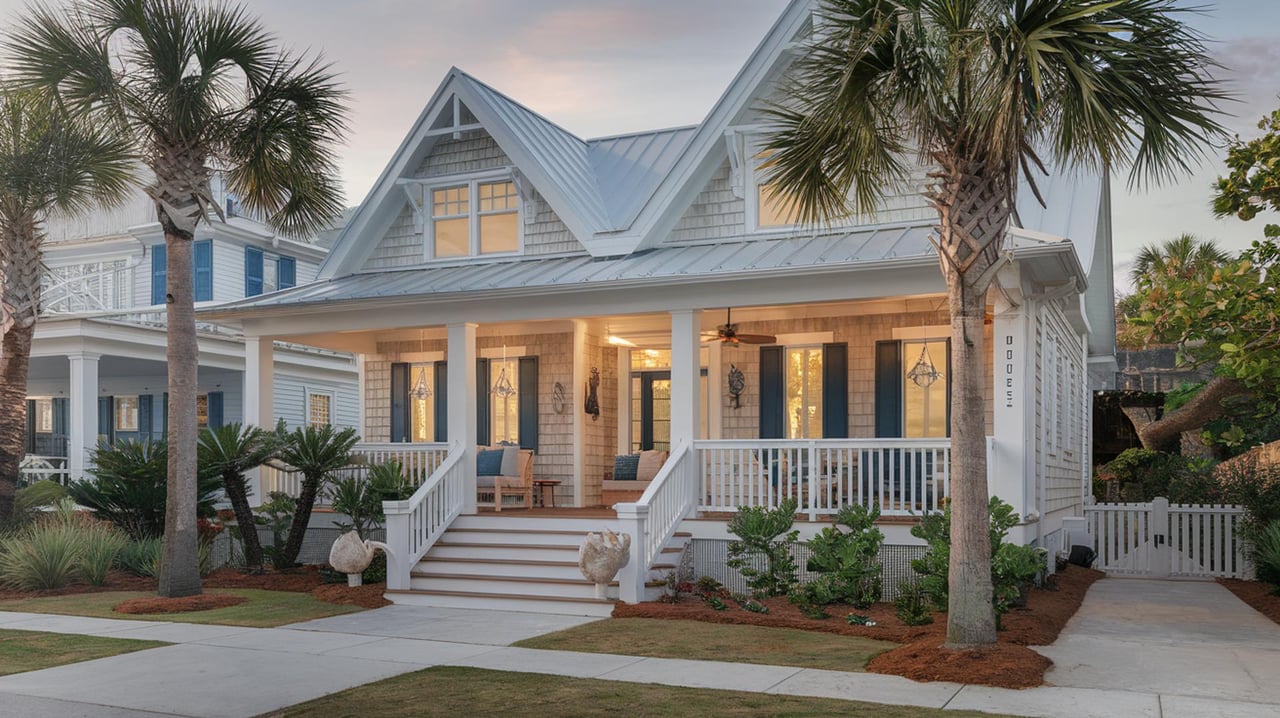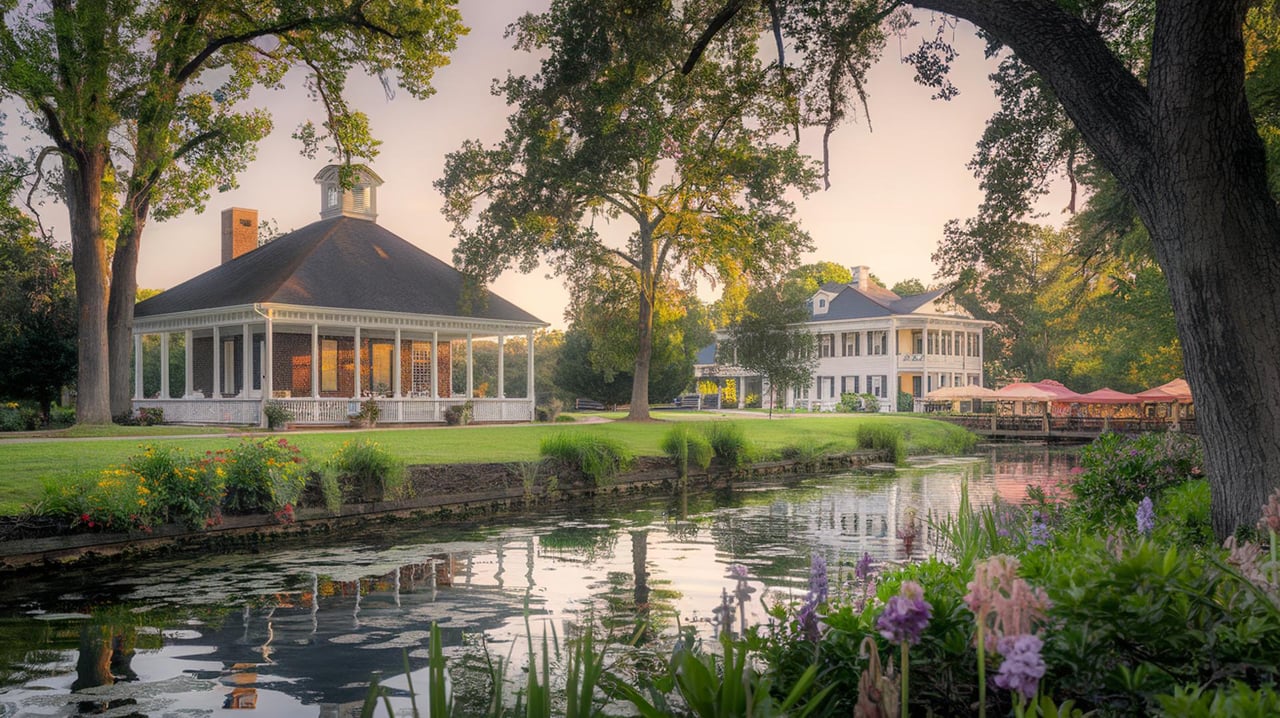
Is Compass Pointe Worth It?
- Sherwood Strickland
- 07/8/25
A Real Look at One of the Wilmington Area’s Most Popular Communities
Read MORE
Moving to Wilmington, NC? Here’s What You Need to Know
- Sherwood Strickland
- 07/8/25

Eco-Friendly Home Upgrades That Add Value in Wilmington
- 07/1/25
Boost Your Wilmington Home's Worth with Sustainable Enhancements
Read MORE
Choosing the Right Paint Colors for Your Wrightsville Beach, NC Home
- 06/27/25
Transform Your Wrightsville Beach Home with Perfect Paint Hues
Read MORE
How to Find the Right Remodeling Contractor in Wrightsville Beach, NC
- 06/18/25
Essential Tips for Choosing the Best Professional for Your Home Renovation
Read MORE
Hidden Gems in Hampstead, NC You Need to Discover
- 06/12/25
Discover the Best Activities and Attractions in Hampstead, NC
Read MORESorry, we couldn't find any results that match that search. Try another search.